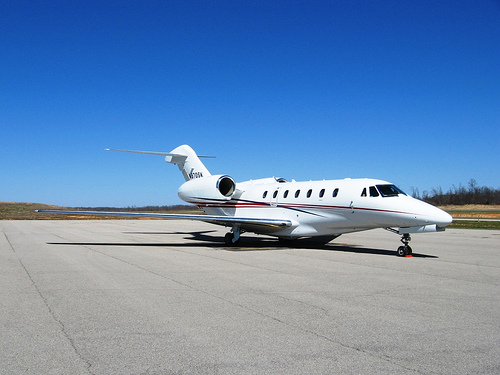richest people in lubbock tx, coetivy island raf, services offered at the douglas municipal airport in douglas, az, thumrait% @hotmail.com, creech heliport, airpot diagram kmia jeppesen, &esrc=s&source=web&cd=7&ved=0cgkqfjag&url=http://www.internationalaircharter.com/airports/maine/mach, &esrc=s&frm=1&source=web&cd=5&ved=0cg8qfjae&url=http://www.internationalaircharter.com/airports/ariz, havanatur wilson charters, raf cottesmore radio frequencies, air advertisement langkawi malaysia, airlines servicing stennis intl airport, flights to dog island, fl, can private planes land on nanki shirahama airport, marmande frequency aeroport , camp longhorn expensive, when does the cottonwood fly in air in illinois, do commercial flights fly into clarksville municipal airport, www.pandou jett.com, air charter santa domingo, &esrc=s&frm=1&source=web&cd=3&ved=0cfcqfjac&url=http://www.internationalaircharter.com/articles/helm, &esrc=s&frm=1&source=web&cd=2&sqi=2&ved=0cfmqfjab&url=http://www.internationalaircharter.com/airport, &esrc=s&source=web&cd=14&ved=0cfaqfjadoao&url=http://www.internationalaircharter.com/airports/washin, aerodamas costa rica, operation hour harris county courthouse heliport, for sale stone castle motel, cambrai flyout, &esrc=s&source=web&cd=14&ved=0cfgqfjadoao&url=http://www.internationalaircharter.com/articles/cardak, usapat aircraft, &esrc=s&source=web&cd=3&ved=0cgqqfjac&url=http://www.internationalaircharter.com/airports/neuquan-pr
Print Pad Freeport

Top 8 Reasons for Private Flights
Sit back for a moment, close your eyes, and imagine a private flight with none of the following problems you encounter on a commercial flight:
1 - You will not have to sit for hours in a crowded waiting area.
2 - No annoying and rude fellow travelers (unless you invited them).
3 - No layovers and sprints from one gate to another.
4 - Your favorite drink will not be given to somebody else before the stewardess gets to your seat.
5 - You can put your seat back without bothering somebody else.
6 - Nobody in front of you will disturb you by putting their seat down.
7 - No screaming babies, or toddlers, or unhappily married people.
8 - No obnoxious body odors coming from your seat partner that you didn't choose.
There are many reason to use a private jet to get to your destination country
Pilots can make very good money as a private jet pilot. A private jet pilot is a pilot who charters famous people or really wealthy people. A pilot who charters a private jet can bring in well over one hundred thousand dollars a year. There are pilots who work strictly for one company. A pilot’s job is to charter the corporate workers to meetings that are in other cities. A company will pay a pilot by salary. There are companies that will pay a pilot a high hourly wage to fly the private jet. The organizations will even pay for the pilot’s hotel room and food and spending money when they travel. Each company that hires a private jet pilot will have different requirements that the pilot must meet in order to get the job. Some companies want the pilot to have a certain amount of hours in the air before they hire them.
The Federal Aviation Administration (FAA), lays the baselines for flight rules in the nation. Both kinds of air flight systems, private and public, have to follow the direction of the FAA. The FAA regulations have been and are now in position to keep the crafts, the pilots and the public, secure in the air. The Federal Aviation Administration is within the direction of the US Department of Transportation (DOT). The FAA and the DOT, both monitor nearest all flight problems and movements for the safety travel of all flyers on United States airlines.




